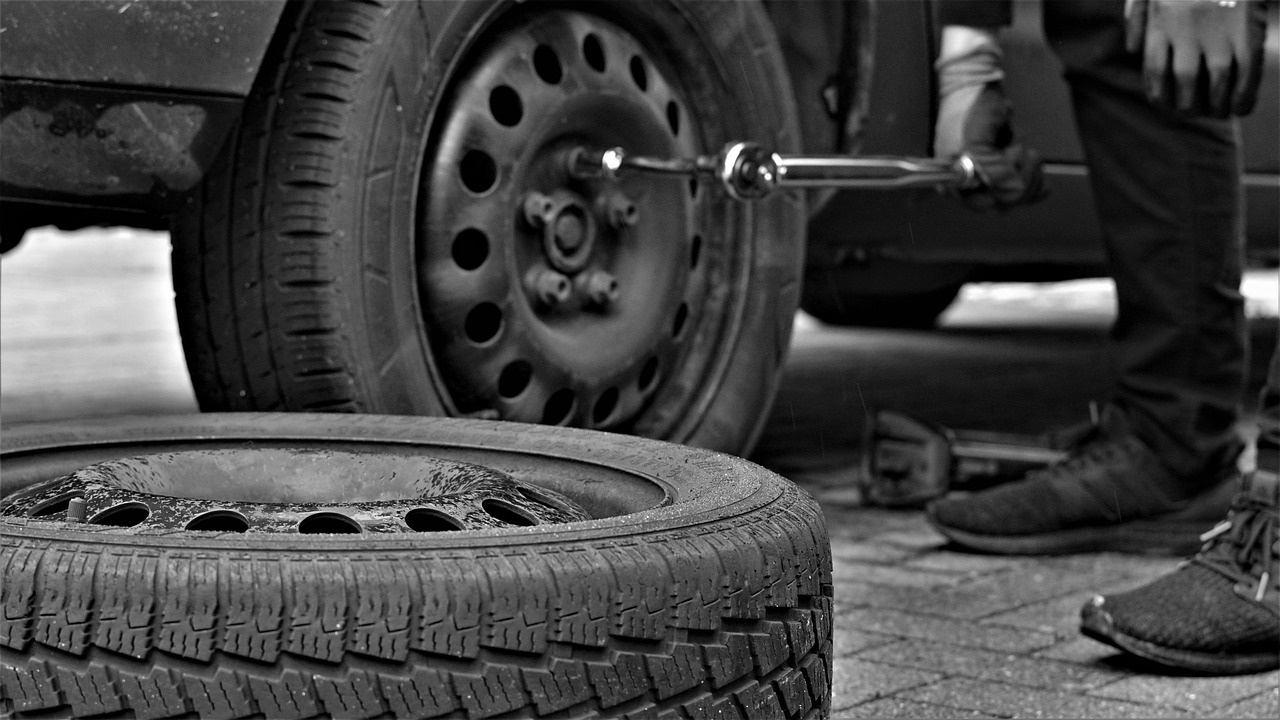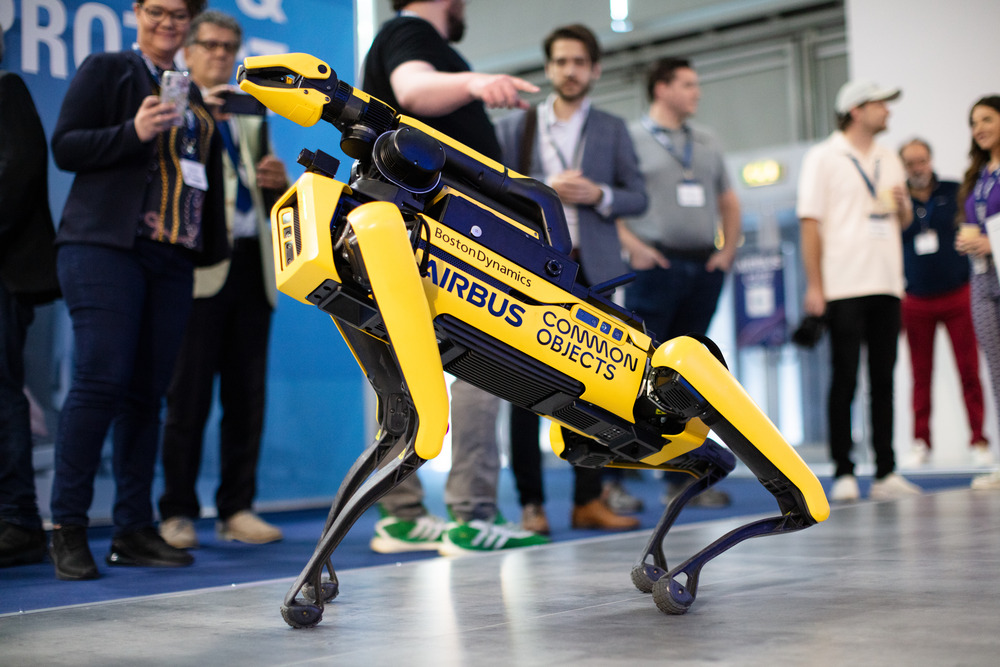Many cities see traffic congestion and believe the only answer is new or wider roads. But often, when traffic congestion is analyzed, it is clear new signaling patterns and re-routing can cut congestion and save limited resources better used elsewhere.
Vehicle To Vehicle (V2V) Communication
New smart vehicles, with on-board entertainment and information services will operate just like smartsphone: download an app, test it out, if you like it, keep it, if not, delete it. Some new apps will come with sensors or dashboard transponders to communicate with tollbooths, satellite networks, GPS systems and crunch data. This data will be used by local traffic authorities to tweak traffic signals in real time for optimal throughput.
“Beep, Beep”
Engineers at MIT, including graduate student Jason Gao and Professor Li-Shiuan Peh, have created “Roadrunner” to help drivers maneuver around congested roadways. By using vehicle to vehicle (V2V) communications, cellular connectivity and onboard software, drivers will be wirelessly routed around traffic jams.
Researchers believe this type of service will be especially valuable during city emergencies, large group events like concerts and to help buses behind schedule on their regular routes.
A related traffic patterning service, created by Singapore’s Land Transit Authority, is allowing drivers to increase their average driving speed by an average of 8% during peak travel times. An MIT study used data from the Singapore system to help design Roadrunner. Singapore law now requires all vehicles to have dashboard transponders and the developers of Roadrunner believe similar laws in the US will follow suit once the advantages to both drivers and municipalities are understood.
You Use It, You Pay For It
With widespread adoption of wireless communications, soon traffic entering congested urban areas will be automatically assessed an entry charge; when drivers begin to get bills, it is expected their behavior will change to, lessening traffic.
Another front in the war on traffic congestion is developing software programs that predict the flow of traffic and driver behavior. If drivers enter their destination before starting on their journey, computers have even more information to understand where traffic should be routed.
All of this will also improve safety for pedestrians and prevent “spill back” on highway ramps which currently bottleneck traffic and making everyone’s life more stressful, polluted, noisy and aggravating.
Related articles on IndustryTap:







